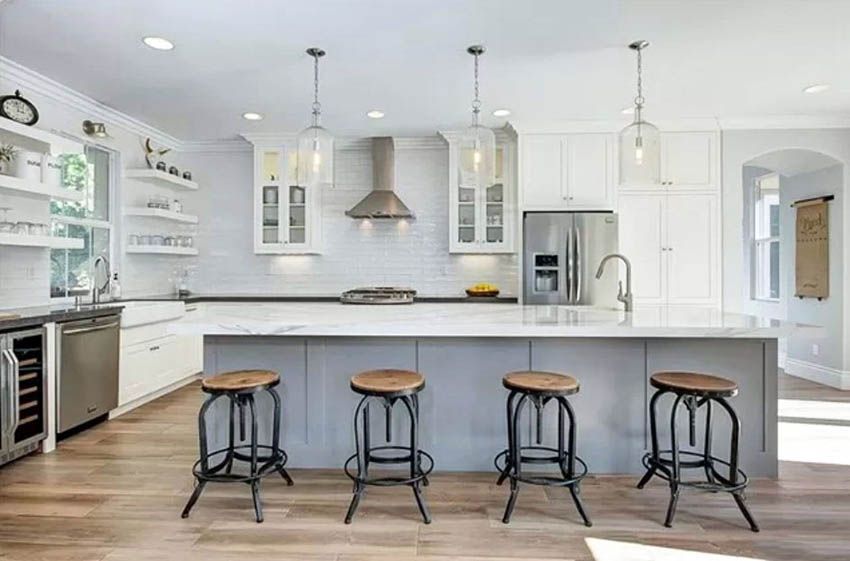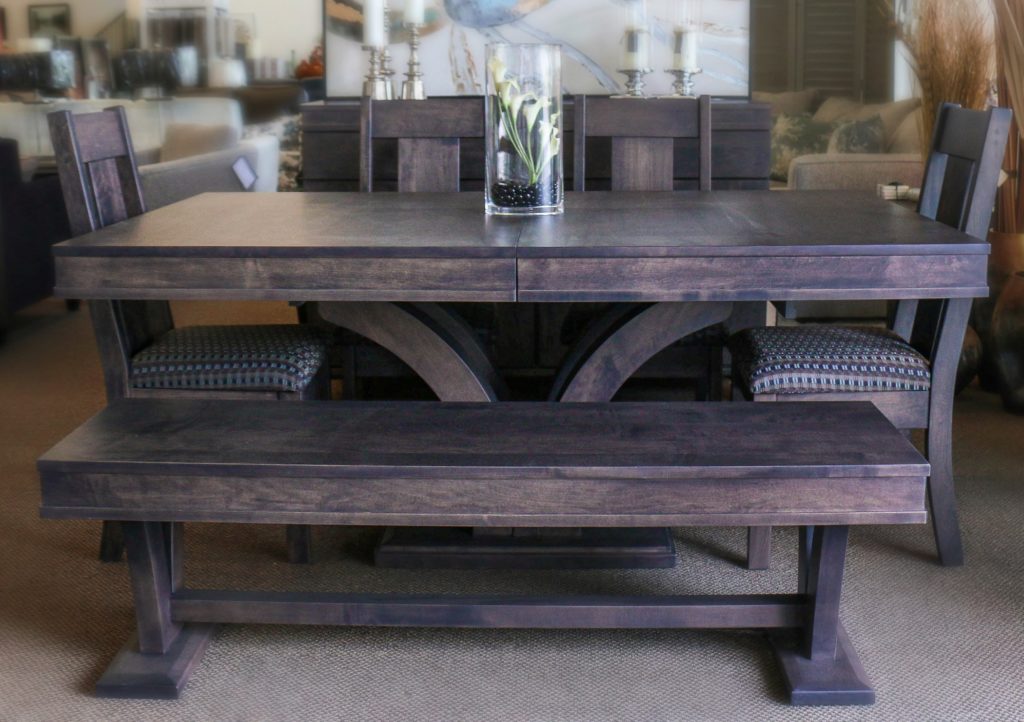Introduction
In the realm of contemporary interior design, modular kitchens have emerged as a prominent trend, redefining the functionality and aesthetics of modern living spaces. One of the key elements enhancing the appeal and efficiency of these kitchens is the inclusion of L-shaped kitchen islands. These stylish additions not only amplify the visual appeal of the space but also significantly contribute to the convenience and practicality of the kitchen. This comprehensive guide will explore the benefits of modular kitchens, shedding light on the significance of L-shaped kitchen islands, and provide a detailed understanding of their design, utility, and incorporation into the kitchen layout.
Benefits of Modular Kitchens
Modular kitchens have gained widespread popularity due to the host of advantages they offer to homeowners. Versatility stands as one of the primary benefits, as modular kitchens can be tailored to suit various space constraints and individual preferences. These kitchens maximize the utilization of available space, enabling efficient storage and organization of kitchen essentials. Moreover, modular kitchens facilitate easy customization, allowing homeowners to experiment with diverse layouts, materials, and finishes, thus ensuring a unique and personalized kitchen space. The incorporation of modern technology and innovative storage solutions further enhances the functionality of modular kitchens, making cooking and meal preparation a hassle-free experience.
Guide to L-Shape Kitchen Islands
1. Design and Layout Considerations
When contemplating the integration of an L-shaped kitchen island, careful consideration of the kitchen’s layout and dimensions is crucial. The design should seamlessly blend with the existing kitchen aesthetics, complementing the overall style and color scheme. Additionally, evaluating the traffic flow within the kitchen is essential to ensure that the island does not hinder movement or accessibility. The size of the island should be proportionate to the available space, ensuring that it does not overwhelm the kitchen but rather serves as a functional and visually appealing addition.
2. Functionality and Utility
L-shaped kitchen islands are renowned for their versatility and functionality. They serve as multifunctional spaces, providing additional countertop area for food preparation, cooking, and even dining. With the inclusion of built-in storage solutions, such as cabinets, drawers, and shelves, these islands contribute to efficient organization and accessibility of kitchen essentials. Moreover, they can accommodate appliances like dishwashers, microwaves, or even small refrigerators, further enhancing the convenience and practicality of the kitchen.
3. Material Selection and Aesthetic Appeal
The choice of materials for the L-shaped kitchen island significantly influences its visual appeal and durability. Opting for high-quality materials that are both aesthetically pleasing and resilient is essential. From natural stone and granite to sleek stainless steel and elegant wood finishes, the selection should align with the overall theme of the kitchen. Emphasizing a cohesive design scheme through the use of complementary materials and finishes contributes to a harmonious and inviting kitchen space.
4. Lighting and Ambiance
Proper lighting plays a pivotal role in accentuating the elegance of the L-shaped kitchen island. Incorporating a combination of task lighting and ambient lighting enhances the functionality and ambiance of the kitchen. Pendant lights above the island not only provide focused illumination for meal preparation but also serve as decorative elements, adding a touch of sophistication to the overall kitchen design. Integrating dimmers and adjustable lighting fixtures further allows for the creation of various moods and atmospheres, making the kitchen a versatile space for cooking, dining, and socializing.
5. Integration with Seating and Social Spaces
L-shaped kitchen islands, when strategically designed, can serve as a hub for social interaction and dining. By incorporating bar stools or chairs along one side of the island, it transforms into a casual dining area, fostering a welcoming and inclusive environment for family and guests. This integration of seating not only optimizes the utilization of space but also encourages social engagement, making the kitchen a central gathering place within the home.
Conclusion
The inclusion of an L-shaped kitchen island in a modular kitchen design not only elevates the aesthetic appeal of the space but also enhances its functionality and efficiency. By meticulously considering the design, functionality, materials, lighting, and integration with seating, homeowners can create a stylish and versatile kitchen that caters to their specific needs and preferences. Embracing the essence of modern interior design, L-shaped kitchen islands stand as a testament to the seamless fusion of style and practicality, redefining the heart of the home for years to come.

